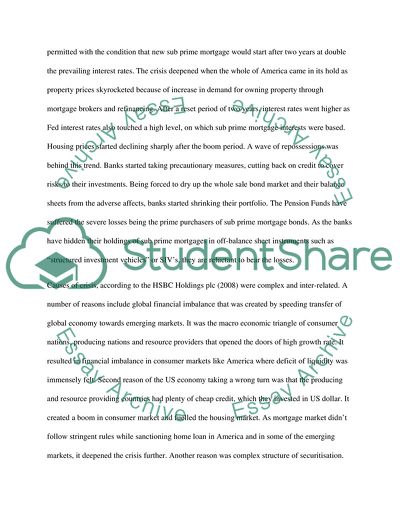Cite this document
(Financial Institutions & Markets Events in the Banking System in 2008 Case Study, n.d.)
Financial Institutions & Markets Events in the Banking System in 2008 Case Study. https://studentshare.org/finance-accounting/1722489-financial-institutions-markets
Financial Institutions & Markets Events in the Banking System in 2008 Case Study. https://studentshare.org/finance-accounting/1722489-financial-institutions-markets
(Financial Institutions & Markets Events in the Banking System in 2008 Case Study)
Financial Institutions & Markets Events in the Banking System in 2008 Case Study. https://studentshare.org/finance-accounting/1722489-financial-institutions-markets.
Financial Institutions & Markets Events in the Banking System in 2008 Case Study. https://studentshare.org/finance-accounting/1722489-financial-institutions-markets.
“Financial Institutions & Markets Events in the Banking System in 2008 Case Study”. https://studentshare.org/finance-accounting/1722489-financial-institutions-markets.


